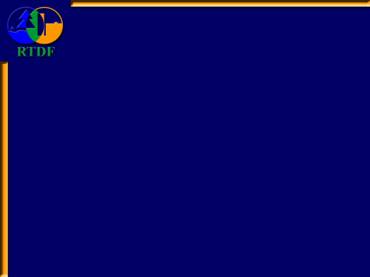|
|
|
Welcome. The Remediation Technologies
Development Forum (RTDF) Non-Aqueous Phase Liquid (NAPL) Cleanup
Alliance has prepared this course on light non-aqueous phase
liquids, or LNAPLs, and their impacts in the subsurface. The Alliance
is a public-private partnership supported by the U.S. Environmental
Protection Agency’s (EPA) Technology Innovation and Field Services Division.
Its members include representatives of the petroleum industry, consultants,
and state and federal government
agencies. This training is the result of
a collaborative effort involving all Alliance members. Its concept and
content have evolved over several years, building upon efforts by many,
including individual researchers, members of the American Petroleum
Institute (API), and EPA’s Region 4 Innovative Training Workgroup.
Initial drafts of the course content were reviewed by Alliance members, EPA
scientists, and state government officials who deal with remediation of LNAPL
sites. This final version incorporates their advice and comments.
|
|
This course provides a basic description of
the behavior of LNAPLs (specifically, petroleum hydrocarbon liquids) in the
subsurface. It helps explain what many have observed in the field for
years: As LNAPLs are removed from the
subsurface, LNAPLs remaining are increasingly difficult to recover.
|
|
The training presents the technical
concepts involved in LNAPL behavior, discusses the application of these
concepts to real world situations, and explores how heterogeneity and other
factors affect LNAPL behavior and complicate recovery.
|
|
This training will be particularly useful
to: Regulators who evaluate work plans and recommend LNAPL remedial
strategies; hydrogeologists who make quantitative predictions about LNAPL
volume, migration, and recovery to support these recommendations; and anyone
who needs basic information about the nature of petroleum hydrocarbons in the
subsurface.
|
|
|







